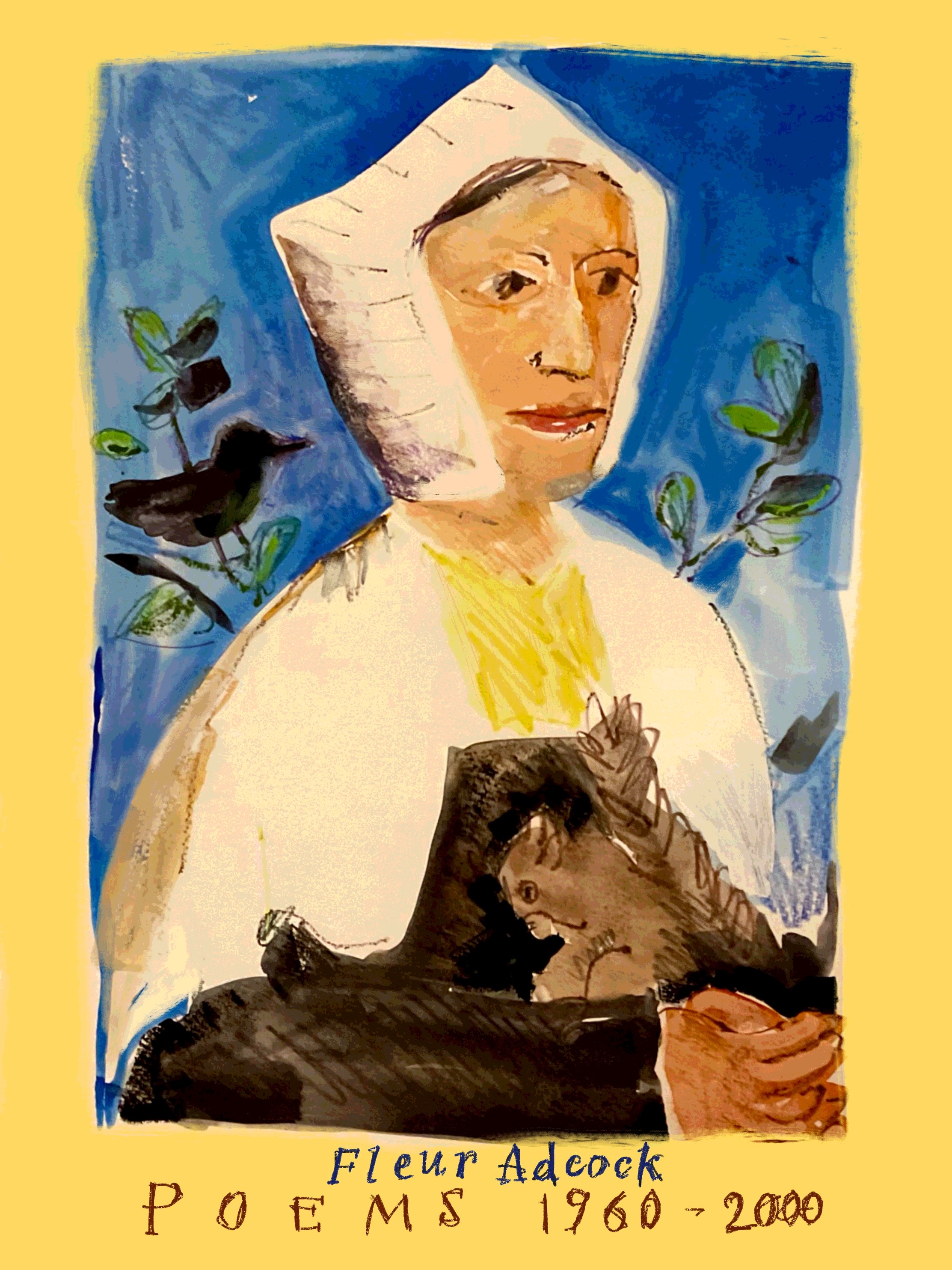What makes me want to write a poem? I can’t tell you. As I’ve written elsewhere, I learned when training in improvisational theatre (when I’m up on stage with no script) to stop worrying where it comes from.
This post is part of a series, introducing my book Psalms for the City.
Back to Main Psalms Page
My teacher said, you might as well say it comes from God. (Or “God”, if you aren’t able to say it without inverted commas.)
In the past, people were less self-conscious about this than maybe I am.
***
Anyway, in this post, I thought I’d share something about how helpful it can be to follow an established poetic form, and pour my thoughts into that format, to find out what they look like.
A way I often do that is to look into books of poetry on my shelf.
***
For Instance: A Triolet
A triolet is an eight-line stanza having just two rhymes. The first line is repeated as the fourth and seventh lines, and the second line is repeated as the eighth.
For what it’s worth, here’s a triolet I was inspired to write after reading some great examples of the form by Wendy Cope:
We’re going to Julia
For dinner with Daniel.
Not so peculiar,
We’re going to Julia.
A little unrulier,
But only biannual,
We’re going to Julia
For dinner with Daniel.
Because it starts where it ends, a triolet tends not to “go anywhere” but to leave the writer in the same plight / happy state as before.
The repeating rhyme also tends to make the triolet a useful format for comic writing. (Wendy Cope is great at that.)
If I had chosen to write a sonnet about that same upcoming dinner, it would probably have taken me to some new thought by the end, and seemed more serious.


